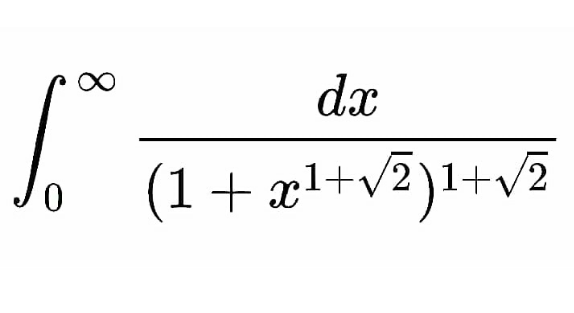
AllQuestion and Answers: Page 753
Question Number 143781 Answers: 3 Comments: 0

Question Number 143808 Answers: 2 Comments: 0

Question Number 143769 Answers: 3 Comments: 0

Question Number 143766 Answers: 1 Comments: 1
Question Number 143765 Answers: 1 Comments: 0
Question Number 143764 Answers: 1 Comments: 0
Question Number 143763 Answers: 0 Comments: 0
Question Number 143758 Answers: 0 Comments: 1

Question Number 143755 Answers: 1 Comments: 0
Question Number 143751 Answers: 1 Comments: 0

Question Number 143740 Answers: 1 Comments: 0
Question Number 143735 Answers: 1 Comments: 0
Question Number 143731 Answers: 1 Comments: 0

Question Number 143730 Answers: 2 Comments: 0
Question Number 143728 Answers: 1 Comments: 0
Question Number 143726 Answers: 1 Comments: 2

Question Number 143718 Answers: 0 Comments: 5

Question Number 143709 Answers: 1 Comments: 2

Question Number 143708 Answers: 3 Comments: 0
Question Number 143706 Answers: 1 Comments: 0
Question Number 143702 Answers: 2 Comments: 0
Question Number 143701 Answers: 1 Comments: 1

Question Number 143698 Answers: 0 Comments: 5
Question Number 143688 Answers: 0 Comments: 2

Question Number 143684 Answers: 1 Comments: 0
Question Number 143680 Answers: 1 Comments: 1
$$\mathrm{tan}\:\mathrm{76}=\mathrm{4} \\ $$$$\mathrm{sin}\:^{\mathrm{2}} \mathrm{14}=? \\ $$
Pg 748 Pg 749 Pg 750 Pg 751 Pg 752 Pg 753 Pg 754 Pg 755 Pg 756 Pg 757
